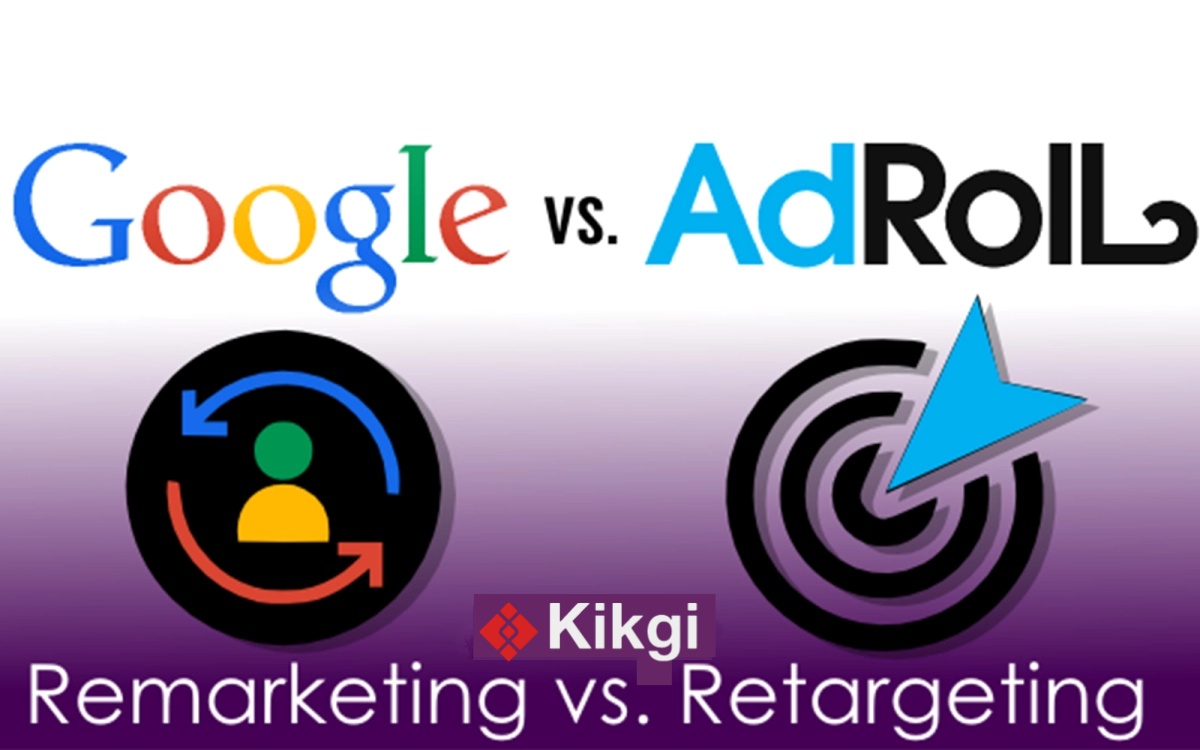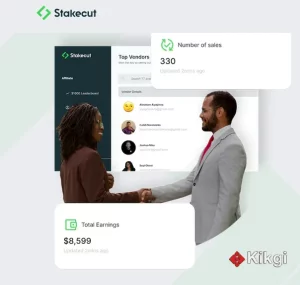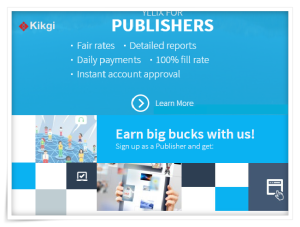
In today’s digital age, online advertising has become an essential component of marketing strategies. Businesses are constantly looking for effective ways to reach their target audience and drive conversions. Two popular advertising platforms that businesses often consider are AdRoll and Google Ads. In this article, we will explore the features, capabilities, targeting options, ad formats, costs, tracking and analytics, user interfaces, support, integration with other platforms, and more for both AdRoll vs Google Ads.
Understanding AdRoll
AdRoll is an advertising platform that specializes in retargeting and display advertising. It allows businesses to target users who have previously interacted with their website or shown interest in their products or services. AdRoll offers a range of ad formats, including static banners, dynamic ads, and personalized recommendations. With powerful segmentation and audience targeting options, AdRoll helps businesses deliver relevant ads to potential customers across various websites and social media platforms.
Understanding Google Ads
Google Ads, formerly known as Google AdWords, is one of the most popular online advertising platforms. It provides businesses with the opportunity to display ads on Google’s search engine result pages, YouTube, and partner websites. Google Ads offers a wide range of ad formats, including text ads, display ads, video ads, and shopping ads. With Google Ads, businesses can leverage the massive reach of Google’s network to target specific keywords, demographics, locations, and interests.
Features and Capabilities
Both AdRoll and Google Ads offer a range of features and capabilities to help businesses maximize their advertising efforts. AdRoll provides advanced retargeting options, personalized recommendations, and customizable ad campaigns. Google Ads, on the other hand, offers keyword targeting, remarketing, video advertising, and shopping campaigns. It’s important for businesses to assess their specific needs and goals to determine which platform aligns better with their advertising strategies.
Also Learn more on how to advertise on Instagram with a comprehensive guide
Targeting Options
When it comes to targeting options, AdRoll allows businesses to target users based on their previous website interactions, such as product views, add-to-cart actions, or purchases. AdRoll also offers audience segmentation based on demographics, interests, and behaviors. Google Ads, on the other hand, provides keyword targeting for search ads, audience targeting for display and video ads, and remarketing options. The targeting options vary between the two platforms, so businesses should consider their target audience and advertising objectives when making a choice.
Ad Formats
AdRoll supports various ad formats, including static banners, dynamic ads, personalized recommendations, and even social media ads. These formats allow businesses to create visually appealing and engaging advertisements. Google Ads, on the other hand, offers text ads, display ads, video ads, shopping ads, and app promotion ads. The choice of ad format depends on the nature of the business, the advertising goals, and the target audience.
Cost and Budget
The cost and budget considerations are crucial for any advertising campaign. AdRoll offers pricing based on a CPM (cost per thousand impressions) model, where businesses pay for every thousand impressions their ads receive. Google Ads, on the other hand, offers different pricing models, including cost-per-click (CPC), cost-per-thousand-impressions (CPM), and cost-per-acquisition (CPA). The budget allocation should be determined based on the business’s advertising objectives and the platform’s pricing structure.
Tracking and Analytics
Effective tracking and analytics are essential to measure the success of advertising campaigns. AdRoll provides comprehensive tracking capabilities, including impression tracking, click tracking, and conversion tracking. It also offers detailed analytics and reporting features to help businesses optimize their campaigns. Google Ads integrates seamlessly with Google Analytics, providing businesses with in-depth insights into ad performance, audience behavior, and conversion tracking. Both platforms offer robust tracking and analytics solutions, giving businesses the data they need to make informed decisions.
User Interface
The user interface plays a significant role in the usability and management of advertising campaigns. AdRoll offers a user-friendly interface that allows businesses to create, manage, and optimize campaigns with ease. It provides intuitive controls and a straightforward campaign creation process. Google Ads also offers a user-friendly interface with a wealth of features. However, it may require some learning and familiarity with the platform to navigate effectively. Businesses should consider their team’s expertise and comfort level with the user interface when choosing between AdRoll and Google Ads.
Support and Resources
Having access to reliable support and resources is crucial for businesses using advertising platforms. AdRoll offers dedicated support through email, chat, and phone. They also provide resources such as knowledge bases, tutorials, and webinars to help businesses make the most of their platform. Google Ads offers extensive support through their Help Center, community forums, and phone support. Additionally, Google provides a wealth of resources, including guides, tutorials, and certifications. Businesses should consider the level of support and available resources when evaluating these platforms.
Integration with Other Platforms
Integration with other marketing platforms and tools can streamline advertising efforts and provide a holistic view of campaigns. AdRoll offers integrations with popular platforms like Shopify, Magento, and Mailchimp, allowing businesses to connect their advertising with other marketing channels. Google Ads integrates seamlessly with Google Marketing Platform, Google Analytics, and other Google products, providing a unified marketing ecosystem. The choice of platform should align with the existing marketing technology stack and the level of integration required.
Case Studies and Success Stories
Examining case studies and success stories can provide insights into the performance and effectiveness of each platform. AdRoll showcases various success stories on their website, highlighting businesses that have achieved significant results using their platform. Google Ads also features numerous case studies, demonstrating the success businesses have achieved through their advertising campaigns. Businesses should review relevant case studies and success stories to understand how each platform can deliver results in their industry or niche.
Pros and Cons
Before making a decision, it’s important to consider the pros and cons of each platform. AdRoll offers advanced retargeting capabilities, personalized recommendations, and a user-friendly interface. However, it may have limitations in terms of reach compared to Google Ads. On the other hand, Google Ads provides a vast audience reach, a wide range of ad formats, and seamless integration with other Google products. However, it may require more expertise to navigate effectively, and the competition for popular keywords can be intense. Businesses should weigh the pros and cons based on their specific requirements and priorities.
Conclusion
In conclusion, both AdRoll and Google Ads offer powerful advertising platforms with distinct features, capabilities, and targeting options. AdRoll specializes in retargeting and display advertising, while Google Ads provides extensive reach and various ad formats across Google’s network. The choice between AdRoll and Google Ads depends on factors such as advertising goals, target audience, budget, user interface preferences, support and resources, integration requirements, and industry-specific considerations. Businesses should carefully evaluate these factors to choose the platform that best aligns with their advertising objectives.
FAQs
-
Can I use both AdRoll and Google Ads for my advertising campaigns?
Yes, you can use both AdRoll and Google Ads simultaneously. Many businesses combine different advertising platforms to diversify their reach and target audience effectively.
-
Which platform is more cost-effective, AdRoll or Google Ads?
The cost-effectiveness of each platform depends on various factors, including your advertising goals, target audience, and campaign performance. It’s recommended to assess the pricing models and compare the estimated ROI for your specific business before making a decision.
-
Can I track conversions and measure the success of my campaigns on AdRoll and Google Ads?
Yes, both AdRoll and Google Ads provide tracking and analytics capabilities. They offer conversion tracking, impression tracking, click tracking, and other metrics to measure the success of your campaigns.
-
Is it possible to integrate AdRoll or Google Ads with my existing marketing tools?
AdRoll and Google Ads offer integration with various marketing platforms and tools. AdRoll integrates with popular e-commerce platforms like Shopify and Magento, while Google Ads seamlessly integrates with Google Marketing Platform and Google Analytics. Check the available integrations and compatibility with your existing tools to ensure a smooth workflow.
-
Where can I find more resources and support for AdRoll and Google Ads?
AdRoll and Google Ads provide comprehensive resources and support. Visit their respective websites to access knowledge bases, tutorials, guides, and community forums. Additionally, they offer email, chat, and phone support to assist you with any questions or concerns you may have.
Check also: SW Tech Shows The Future of Next-Gen VR with Prototype Headset







